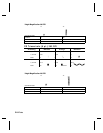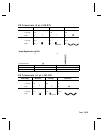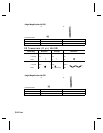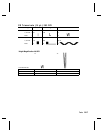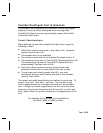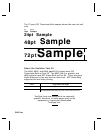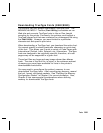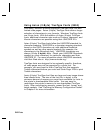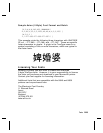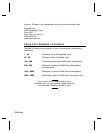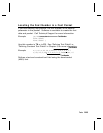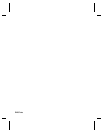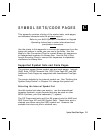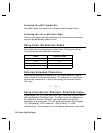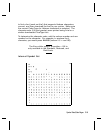
Using Asian (2-Byte) TrueType Fonts (9850)
Previously, Monarch printers supported TrueType fonts, but with
limited code pages. Asian (2-byte) TrueType fonts allow a larger
selection of characters in your formats. Windows TrueType fonts
are 2-byte fonts. With the addition of Asian (2-byte) TrueType
fonts, additional character sets such as Chinese, Japanese, and
Korean characters are possible using their UNICODE ID’s.
Asian (2-byte) TrueType fonts follow the UNICODE standard for
character mapping. UNICODE is a character mapping standard
based on the ASCII character set, with additional technical
symbols as well as other special symbols (for example, the
characters in the Wingdings font). UNICODE characters are
always 16 bits (
2 bytes
) wide. Check your UNICODE Standards
manual (or other reference) for particular characters and their
UNICODE ID. For more information about UNICODE standards,
visit their Web site at: http://www.unicode.org/.
TrueType fonts are designed to be regionally specific; therefore,
all code pages may not be supported in a given font. For
example, you may need to find a TrueType font that supports
Turkish characters before you could use Code Page 1254 to print
Turkish characters.
Asain (2-byte) TrueType font files are large and may image slower
than bitmap fonts. The size of the font file, in bytes, is the
minimum amount of memory you must have available for fonts in
the printer’s downloadable fonts buffer. You may need to
reconfigure the printer’s memory to use downloaded TrueType
fonts. After reconfiguring memory, resend the font, format, and
batch packets. See "Defining the Memory Configuration Packet"
in Chapter 2 for more information.
B-22
Fonts



